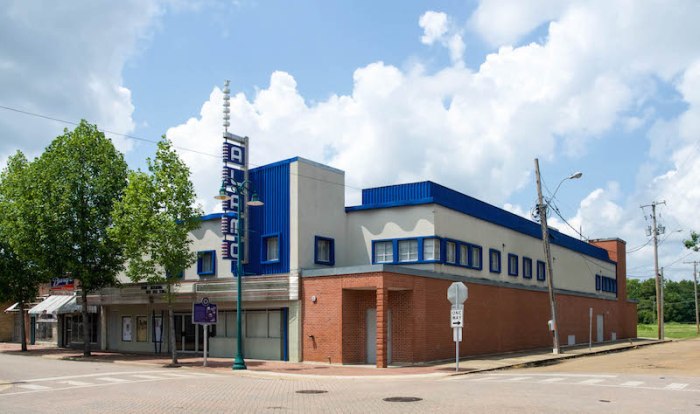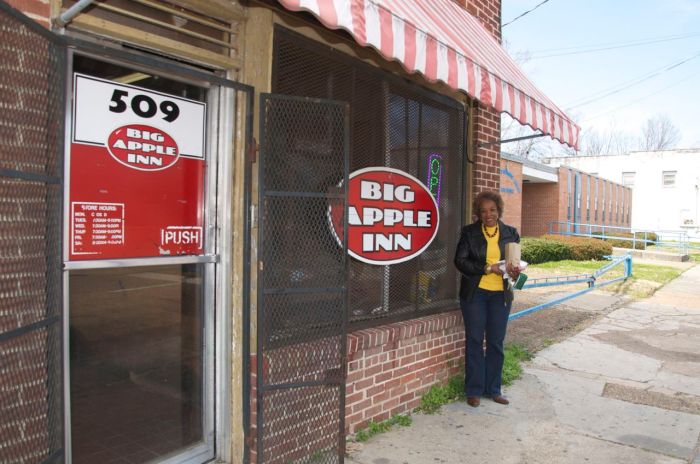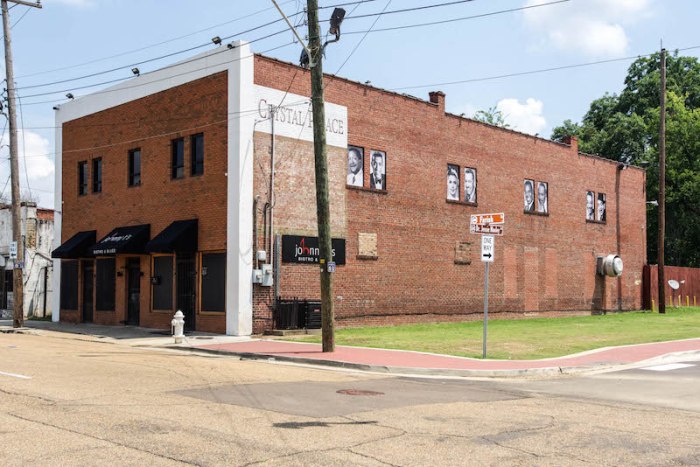Rosalind McCoy Sibley asked that question, and it needs an answer (Farish Street-A Slightly Different Perspective, Jackson Advocate, 2015). I do not have it, and apparently, neither does any one else who has followed the “miscalculated missteps” of the project, or perhaps had a role in developing those missteps. I am sure there are plenty of opinions about it, and likely depending on whether one thinks it should have been about preserving a historic district or developing an entertainment district.
After all, development is generally that–developing something, and the something is intended to make money for the developer. There is possibly nothing wrong with that plan (making money) as long as it does not come with the consequences of destroying the way that residents make money (the shops and businesses that were there prior to ‘development’) or live (homes razed to make room for something deemed more desirable), and the ensuing displacement of the community. The ‘development plan’ as thus carried out seems to have done all of this: at worst, demolishing buildings and destroying businesses that were still in operation, and at best, creating hardships and hurdles for those that have hung on and continue trying to hang on, through infrastructure disruption. And yes, razing housing and displacing community. Sadly, or perhaps even more strongly wording it, disgustingly, there is essentially nothing to show for it that has occurred as a result of the ‘project’.
By 1992 four Farish Street rehabilitation task forces had come and gone. Nearly two million in private and public dollars, in addition to untold man-hours had been poured into revitalization. Opinions on Farish Street’s future polarized as the luster wore off the National Register designation. The effects on the district’s appearance and vitality were perceived as minimal. (The Farish Street Project: What happened to the ‘black Mecca’ of Mississippi? A project by the Southern Foodways Alliance and the Southern Documentary Project).

Alamo Theater
The Alamo Theater was renovated and reopened in 1996. The numerous failures of “re-development/preservation” since then on Farish Street have been well-documented and I will not rehash them here. The remaining businesses, and the re-built businesses have been the result of private ownership, by those invested in the community itself, and the significance of history beyond a money-making entertainment district akin to Memphis’ repurposing of Beale Street. Are there meaningful alternative perspectives that do not rebrand Farish Street as a more Southern location of Beale Street?
Geno Lee, 4th generation owner of the Big Apple Inn: ‘We have stayed down here,’ Lee says, but ‘it’s definitely not because of the money. It’s because of our dedication to Farish Street.’ (The Farish Street Project: What happened to the ‘black Mecca’ of Mississippi? Southern Foodways Alliance and the Southern Documentary Project)
Dennis Brothers has been in business on Farish Street since 1938. Like several other businesses nearby it’s not an entertainment destination and isn’t waiting for a big name. The shop keeps replacing heels and soles like it has for more than 60 years. (Longtime Standards, 2011, Jackson Free Press)
Between the shoe repair shop and the Alamo Theater was Peaches Cafe. The restaurant stayed on Farish Street for 53 years before closing due to Ms Ephram’s health. (Jackson’s Iconic Restaurants: Peaches Cafe, 2014, Southern Foodways Alliance)
John Tierre Miller, owner of Johnny T’s Bistro and Blues, got tired of the talking and decided to take matters into his own hands. He opened his restaurant on July 24 of this year. ‘I wanted to spearhead the movement and show by example,’ Miller, 38, says. ‘I want to encourage other entrepreneurs with what can be done here.’ (Blues and Eats at Johnny T’s, 2015, Jackson Free Press)
Perhaps the problem has been that the Jackson Redevelopment Authority did not consider what members of the historic community might have wanted before plunging ahead with an entertainment district. After all, Farish Street represented far more than an entertainment district.

Big Apple Inn

Johnny T’s Bistro and Blues (former Crystal Palace)
Over the next few posts, we will dig a little deeper into the historic fabric of this district.
Note: Portions of this post were re-blogged from the original post on Suzassippi.
Categories: African American History, Historic Preservation, Jackson

Good morning.
Sent from my iPad
LikeLike
The first and only time I went to Beale Street, I was astonished at the propped up facades and Disney World feeling I got. Both Beale and Farish street in their heydays were vibrant commercial spaces that also had juke joints and entertainment spaces, not the other way around. Unfortunately, the commerce has barely been holding on on Farish since integration, and the few voices trying to save the neighborhood have been overwhelmed by the economic and cultural changes that came with integration, suburbanization, the viloence of the drug culture since the 1980s, and the decline of small businesses nation-wide. It’s a hard problem, and I think many people had good intentions with the entertainment district idea, but so far, it seems like a state-funded trough for developers, planners, consultants, and engineers, without any tangible results other than even more vacant storefronts on Farish.
LikeLike
Good article. I saw Farish Street a few years ago during a trip to Mississippi. I hope the renovation efforts are successful.
LikeLike
Obviously the “development plan” wasn’t well planned. There has be to an understanding of the particular situation and then a plan developed that will work with that situation. I suspect that the idea of “entertainment” was all they could see and the plan was very thinly devised. How sad when there is so much possibility if just “developed” correctly. Where are these “developers” now?
LikeLike
I am probably going to be faulted for saying this, but if our 2 new museums being built on North Street had been built on some of that Farish Street property, they would bring people and business to that area. I’m sure – for enough money – this could have been worked out. Just say’n. It’s great that the museums are located near the Old Capitol Museum and The War Memorial for convenience of museum guests but I personally think they would have helped bring Farish Street back to life. The construction workers need a place to eat lunch :)
LikeLike